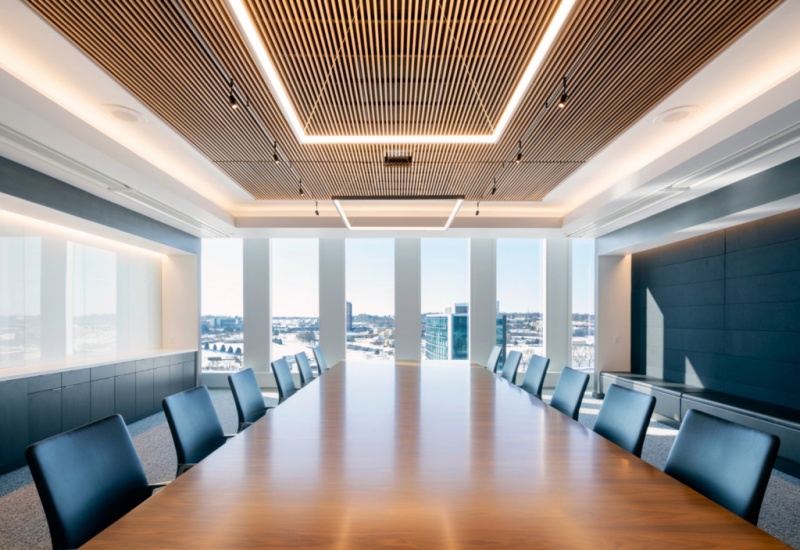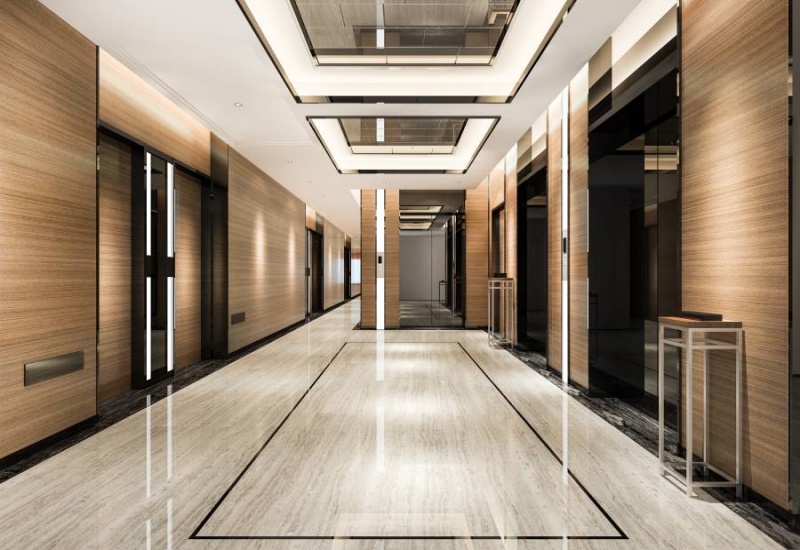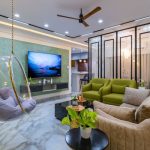One of the primary goals of lighting design is to strike a balance between ambient, task, and accent lighting. Ambient lighting provides overall illumination, ensuring that the space is adequately lit for general activities. This can be achieved through ceiling fixtures, recessed lights, or large windows that allow natural light to flood in.
Task lighting focuses on providing sufficient illumination for specific activities like reading, cooking, or working. Desk lamps, under-cabinet lights, and pendant lights over kitchen islands are excellent examples of task lighting. These lights should be bright enough to reduce eye strain but not so harsh as to cause glare.
Accent lighting adds drama and interest by highlighting architectural features, artwork, or decorative elements. Spotlights, wall-mounted fixtures, and track lighting can be used to draw attention to these focal points. Accent lighting helps to create depth and visual intrigue, making the space more dynamic and inviting.

The color temperature of your lighting also plays a crucial role in setting the room’s ambiance. Warm white lights (around 2700K to 3000K) create a cozy and welcoming atmosphere, ideal for living rooms and bedrooms. Cooler white lights (3500K to 4100K) are more suitable for task-oriented areas like kitchens and bathrooms, where clarity and focus are essential.
Dimmer switches offer flexibility by allowing you to adjust the light levels according to the time of day and activity. This adaptability not only enhances comfort but can also save energy and extend the life of your light bulbs.
Consider your style and how it reflects in your lighting choices. Whether you prefer sleek, modern fixtures or vintage-inspired chandeliers, your lighting design should harmonize with your overall decor. Thoughtfully selected and strategically placed lighting can elevate your interior design, making your home both functional and beautiful.



